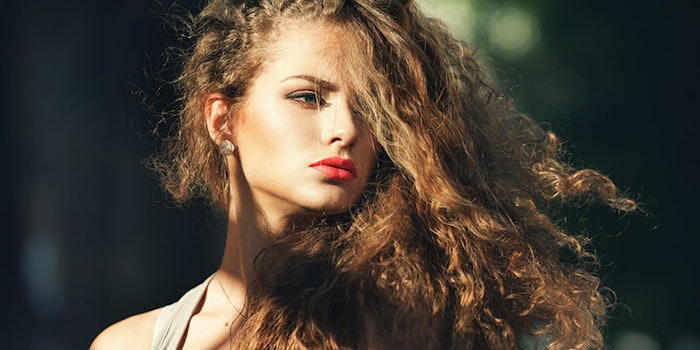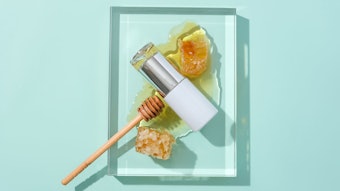
Scientists working in the cosmetic industry most often have their efforts shaped by consumer wants and needs. In hair care, this typically relates to fashion trends that subsequently dictate an individual’s habits and practices. However, on occasion, demands can be shaped by social issues. By means of illustration, our industry has clearly been touched by topical trends pertaining to, for example, all-natural, organic and vegan propositions. Such claims are often wrapped in marketing hyperbole; but this does not diminish the pressures on product development scientists who are expected to deliver on such mandates.
In a similar vein, the concept of anti-pollution has permeated our world—though we are perhaps still scratching our heads over a way forward. This proposition appears to have clearer scientific grounding in our sister industry of skin care,1, 2 where factors such as cigarette smoke along with UV and possibly even blue light are thought to have influence on skin health. On occasion, ideas that blossom in the skin category can permeate into the hair care arena; however, this can inevitably cause problems for product developers.
What exactly constitutes pollution is up for debate. Perhaps we initially think of airborne particulates, noxious fumes, UV radiation, etc. The follow-up question then becomes: Can such factors negatively impact the properties of hair? Conceivably, at least, the answer would seem to be yes—however, justification possibly necessitates rather extreme cases.
The concept of anti-pollution has permeated our world—though we are perhaps still scratching our heads over a way forward.
In theory, particulate buildup on the hair surface could lead to tactile issues, loss of shine and even manageability problems, yet high concentrations of these particles would seemingly be needed to produce such outcomes. Reactive gases, e.g. ozone, could alter hair chemistry but any effect would be proportional to atmospheric concentrations. Exposure to UV radiation is well-known to photochemically damage hair’s protein structure—but generally, prolonged durations are necessary to induce significant noticeable changes.3 In short, if we were indeed to encounter any of the above conditions, we would likely have bigger problems than “how does my hair look?”
This article avoids the debate of what constitutes pollution, but instead focuses on the broader topic of how hair can interact with our environment—and how these interactions might be modified.
Continue reading in the March 2019 Digital Edition...











